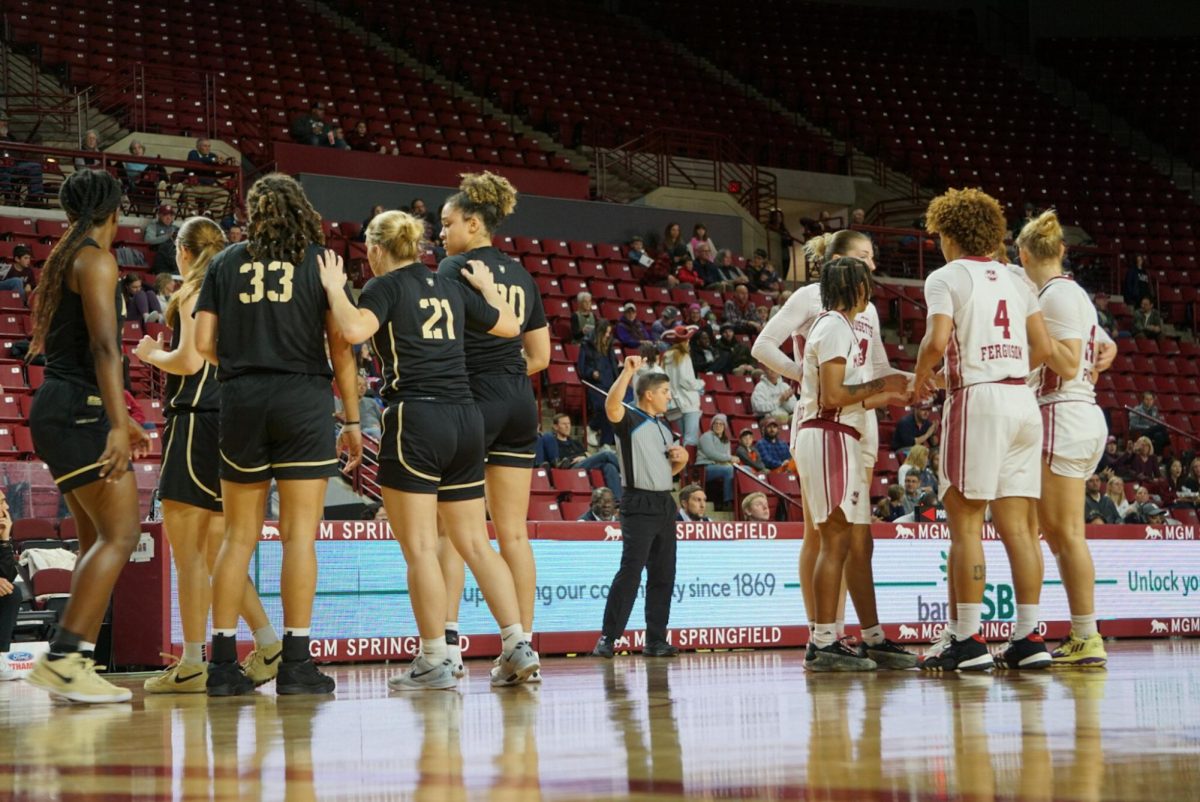
The recently opened exhibition “Dislocation: Negotiating Identity” at Smith College Museum of Art brings together nine South and Southeast Asian photographers pondering on various forms of dislocation through the artistic lens.
Just as project advisor Sandra Matthews writes in the introduction, these works are “very contemporary yet rooted in complex histories.” This seemingly obvious phrase seems to be absolutely accurate and poignant because the artists are photographing the dislocations in contemporary lives, yet the works simultaneously reveal the complex history of each of the subjects and their communities.
The discussions include: daily lives as minorities in a foreign land, hybrid experiences of diaspora communities, tensions between the nations, social class issues and the role of art in many of these painful realities.
Participating artists include: Pete Pin, Bani Abidi, Dayanita Singh, Guari Gill, Huma Mulji, Jyoti Bhatt, Maika Elan, Nge Lay and Prasiit Sthapit.
In the special exhibitions gallery next to the modern art collection, the three large panels consisting of portraits and smaller photographs confront visitors in an honest and crude manner, as if they are testifying something silently. The three works are by Pete Pin, who was born in the Khao-I-Dang refugee camp to survivors of the Killing Fields in Cambodia and was raised in California.
His works presented in the exhibition discuss several different kinds of dislocation. One is that of the Cambodians after the Khmer Rouge period that took place around 1975-1979. Countless people not only lost their families but also their country. They became stateless, living in borders and foreign countries as aliens.
The three panels each include a portrait and an object of memory for the subject. Next to the first subject, an elderly woman, is a tattered and faded identification card with her photo as a young woman, which represents her trauma, as the wall description states.
Another form of dislocation is that of these refugees’ children. Pin particularly focuses on the first generation Cambodian American children, plausibly because he himself represents such dislocation as a first generation Cambodian American.
Although these first generation Cambodian Americans did not experience the bloody massacre in their motherland, they are the manifestation of such traumatic history and furthermore, they themselves are living in struggles, as dark-skinned immigrant children in inner-city neighborhoods. Their photographs are in a slightly more conventional format, placed on a wall next to the portraits of the older generation.
Here Pin inserts another layer of complexity by addressing the disparity between the lives and perceptions of the parents and those of their children within the layers of pre-existing dislocation. Then this disparity becomes a “dislocation of relationship” between the parents and their children. The children no longer speak the language that their parents and grandparents speak and thus there is an increasing absence of communication and connection between them.
Pete Pin’s photographs from the “Here/There” series (the portraits and items of memory of the refugees) are powerful because his subjects are photographed as individuals, in a dark, black background with a single source of light and their very personal items of memory placed next to them. This characteristic, even intimate portrayal brings the discussion of the massacre not as an abstract history but as a reality that completely changed each of these subjects’ lives.
Refugees are the most vulnerable, easily forgotten and silenced groups of people and Pin’s photographs subvert this matter by capturing these individuals and their memories in a delicate and considerate manner. Some of the portraits even resemble identification photos, with such frontal position and direct gaze, but with a more caring capturing of the subjects.
Pete Pin’s choosing to work in such format was extremely appropriate because as refugees, the only formal photoshoot they had experienced would have been for possibly illegal travelling documents that they held boards with numbers instead of their names. By offering them a platform to be photographed, not as refugees but as individuals with dignity and memories, Pin attempts to empower and affirm his subjects.
“Dislocation: Negotiating Identity” will be on view at the Smith College Museum of Art until August 14. The museum is open Tuesday to Saturday from 10-4 and Sunday from 12-4.
Seung A Rebecca Han can be reached at [email protected] and followed on Twitter @seungarebbhan.


















